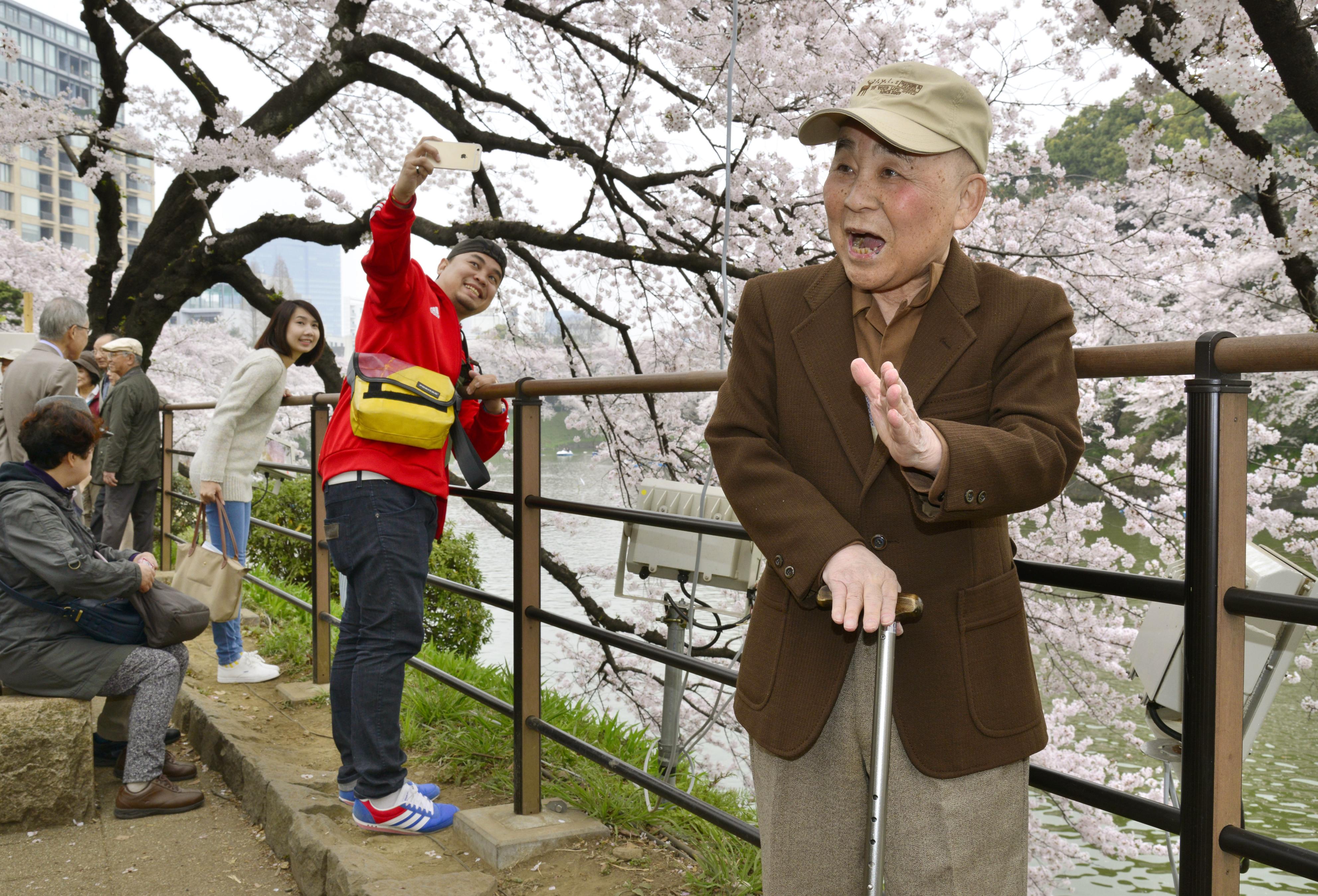Chidorigafuchi, a moat northwest of the Imperial Palace in central Tokyo, was packed with people trying to catch a glimpse of the magnificent cherry blossoms in early April, as in every year.
"This is like a dream, it's too good to be true," Eiichi Niihori, 82, whispered repeatedly to himself as he squeezed through the crowds. "To see this many people coming here to enjoy and be impressed by the sakura (cherry), I'm content even if I were to die tomorrow."
The moat was a desolated gravel pit for sometime after Japan's defeat in World War II in 1945 — the time when people had no place for flowers amid an impoverished society.



